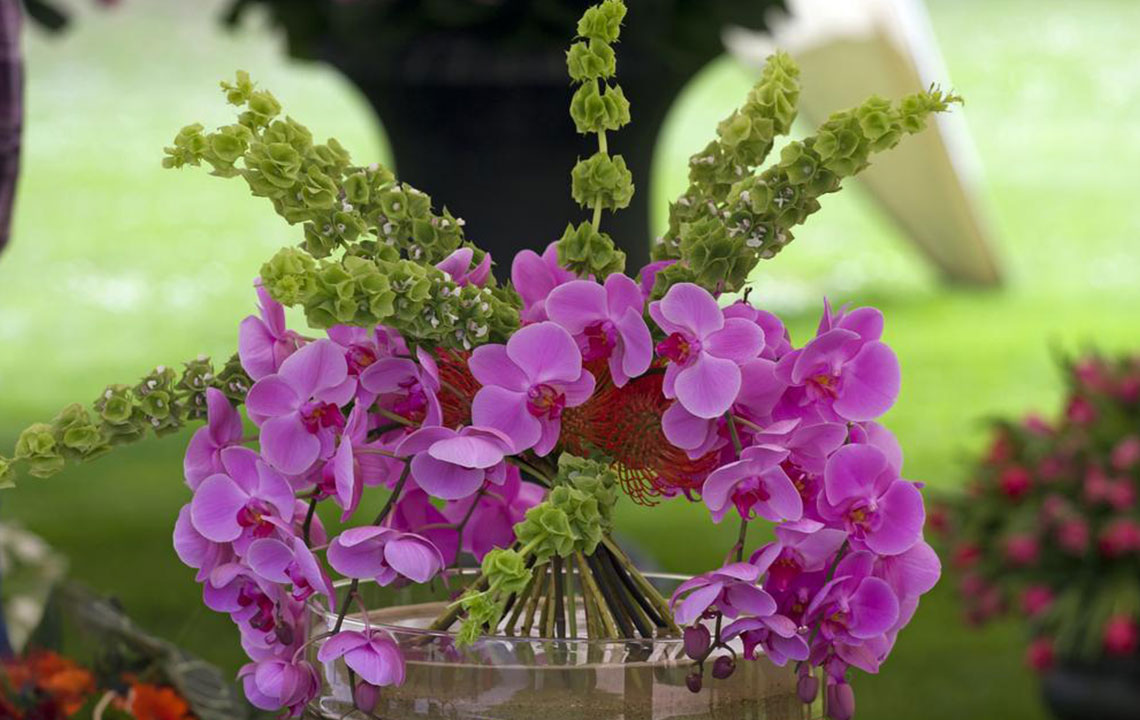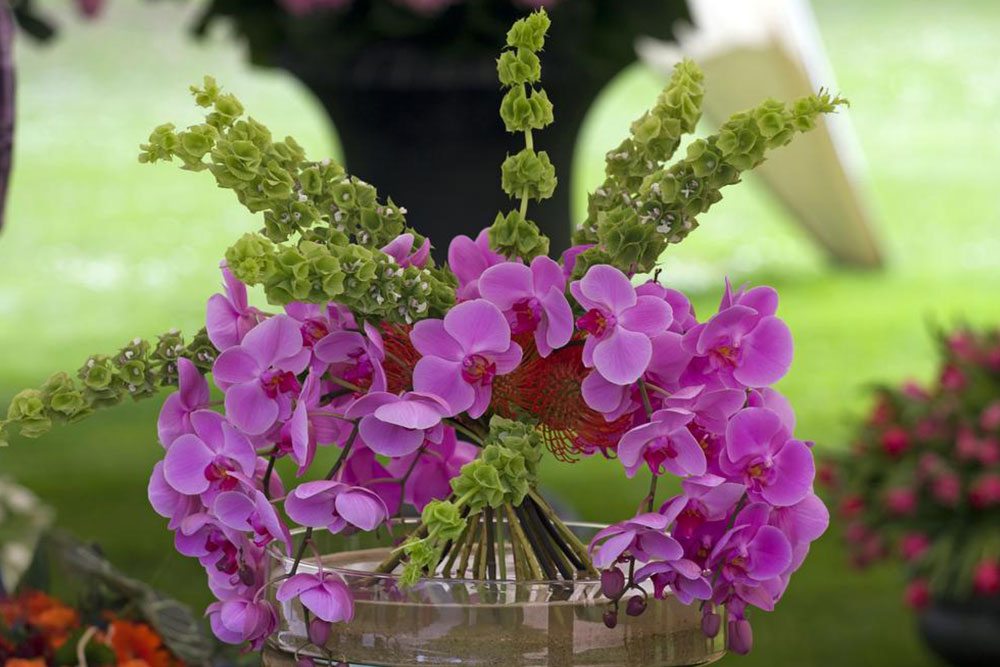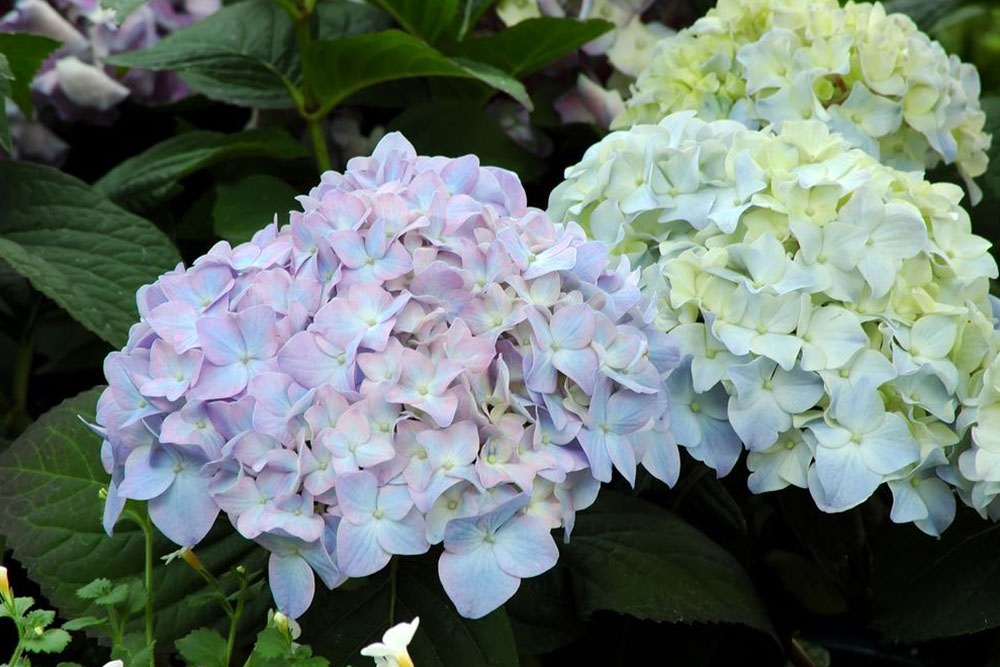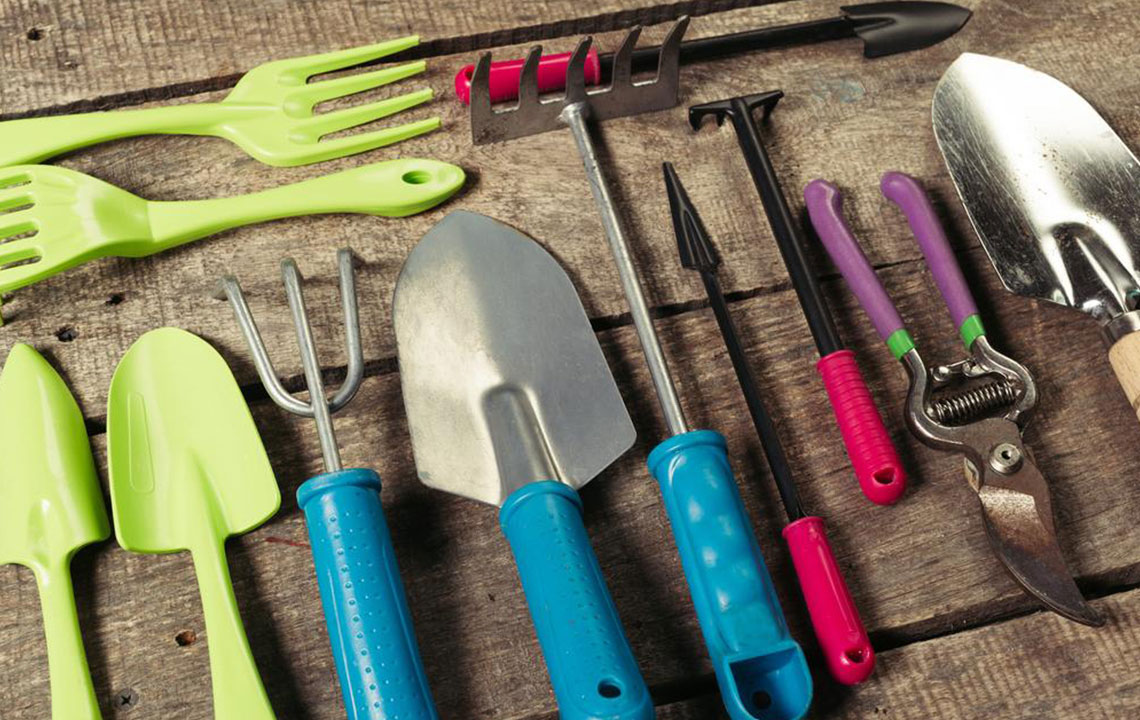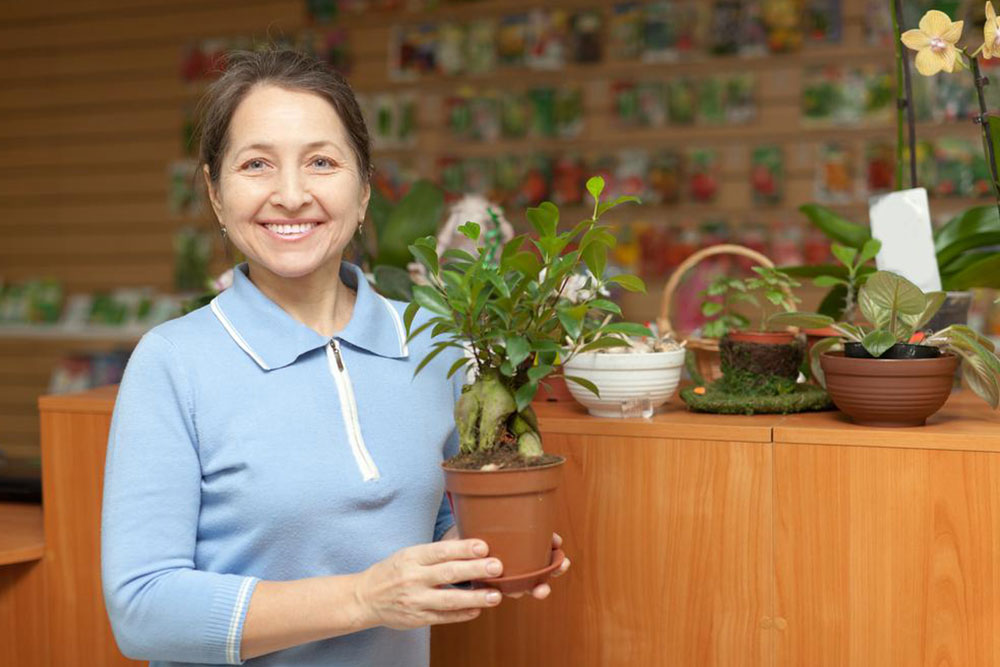Guide to Growing and Caring for Hydrangea Plants
Discover expert tips on planting and caring for hydrangea plants. Learn about optimal site selection, soil preparation, watering habits, and protection from environmental stressors to ensure lush blooms and plant health year-round. This comprehensive guide simplifies hydrangea cultivation for gardeners of all levels, ensuring vibrant flowers and added aesthetic appeal.

Guide to Growing and Caring for Hydrangea Plants
Hydrangea plants are highly adaptable and suitable for both indoor and outdoor cultivation. Known for their vibrant, dense flower clusters, they are popular ornamental plants. Available in shades like blue, pink, purple, and white, hydrangeas bloom primarily in spring and summer. Their ability to rebloom makes them a favorite among gardeners. Growing hydrangeas requires careful attention, but with proper care, they can flourish throughout the year. This guide offers essential tips for planting and maintaining healthy hydrangea plants.
Planting Hydrangeas
Growing hydrangeas is straightforward when you follow a few key steps. Proper planning ensures optimal growth and stunning blooms. Here are some useful guidelines to enhance your planting experience:
Choosing the Right Location: Select a spot that receives at least 2-3 hours of morning sunlight. Proper site selection, especially in colder regions, is crucial for healthy growth.
Soil Preparation: Soil quality greatly influences hydrangea health. Test your soil, preferably at a local nursery, to determine its fertility. Ideally, use loamy soil—comprising a balanced mix of sand, silt, and clay—for best results.
Once the site and soil are prepared, proceed with planting. Measure the area to ensure enough space for each shrub, and gently loosen the roots before planting to promote healthy growth.
Tips for Growing and Maintenance
Light Requirements: Hydrangeas thrive in morning light but cannot tolerate harsh afternoon sun.
Watering Needs: During blooming, water regularly, preferably with rainwater. Reduce watering once flowering slows.
Wind Protection: Shield hydrangeas from strong winds, as they belong to the shrub family and can be easily damaged.
Drainage: Ensure the planting site has good drainage to prevent root rot and other issues.
By paying attention to these details, you can enjoy the beauty and benefits of hydrangea plants all year round.
Note:
Our blog provides diverse, helpful information across multiple subjects. While we strive for accuracy, readers should verify details as content may vary from other sources. We are not responsible for discrepancies or inaccuracies. Keep in mind that certain schemes or offers discussed might not be available universally or may change over time.

